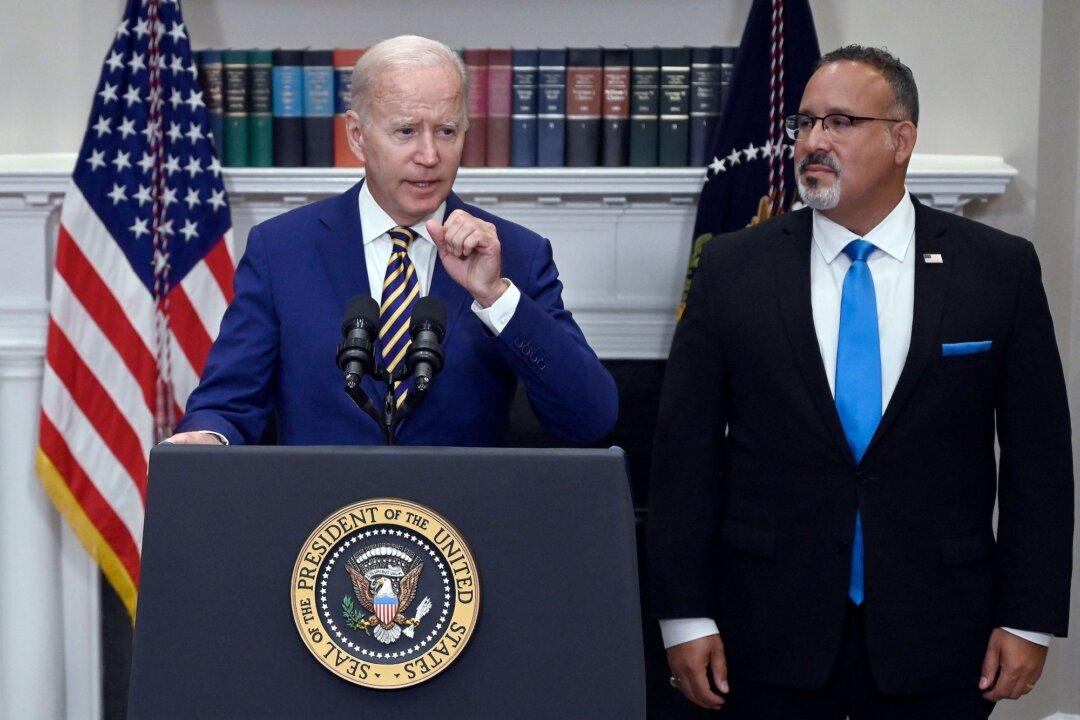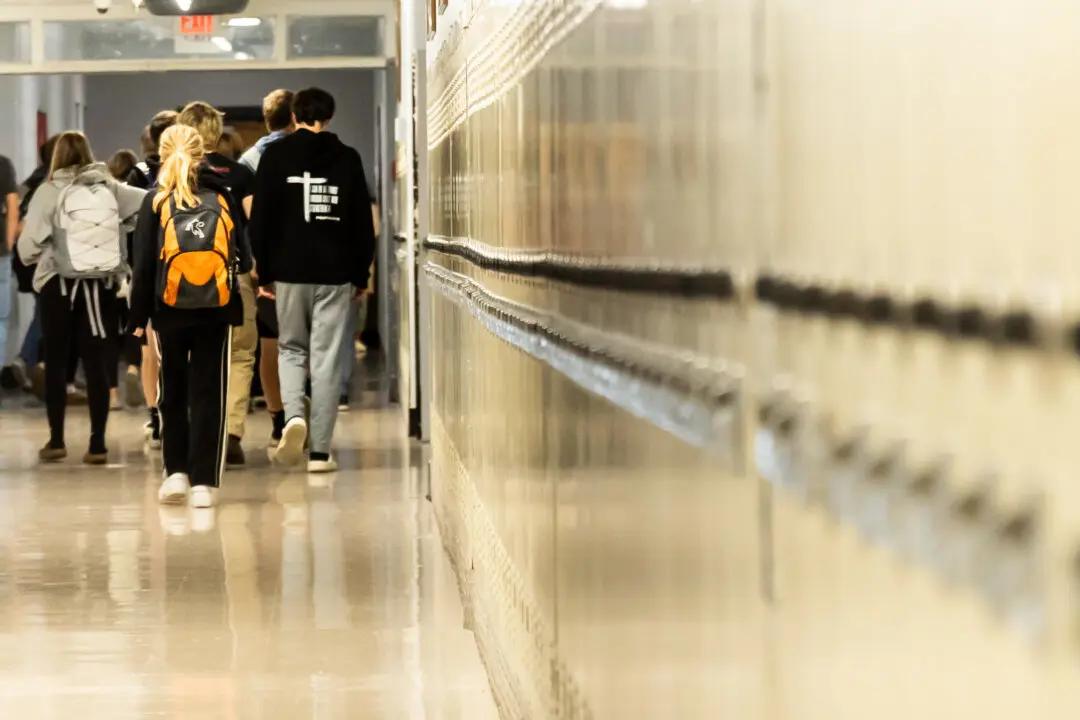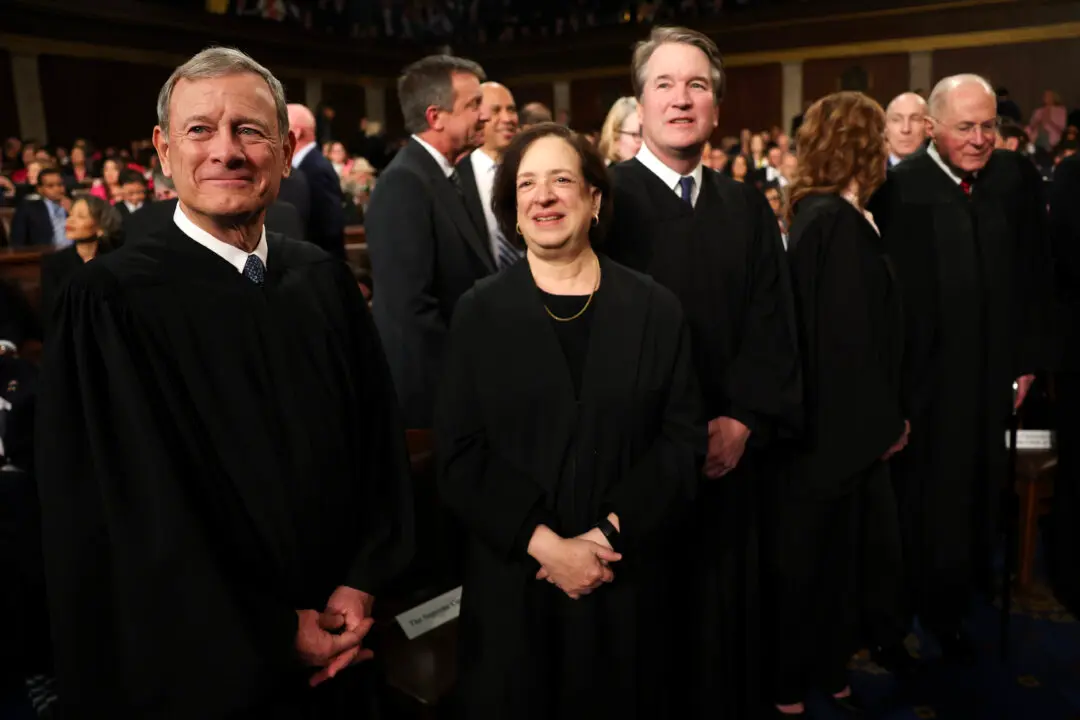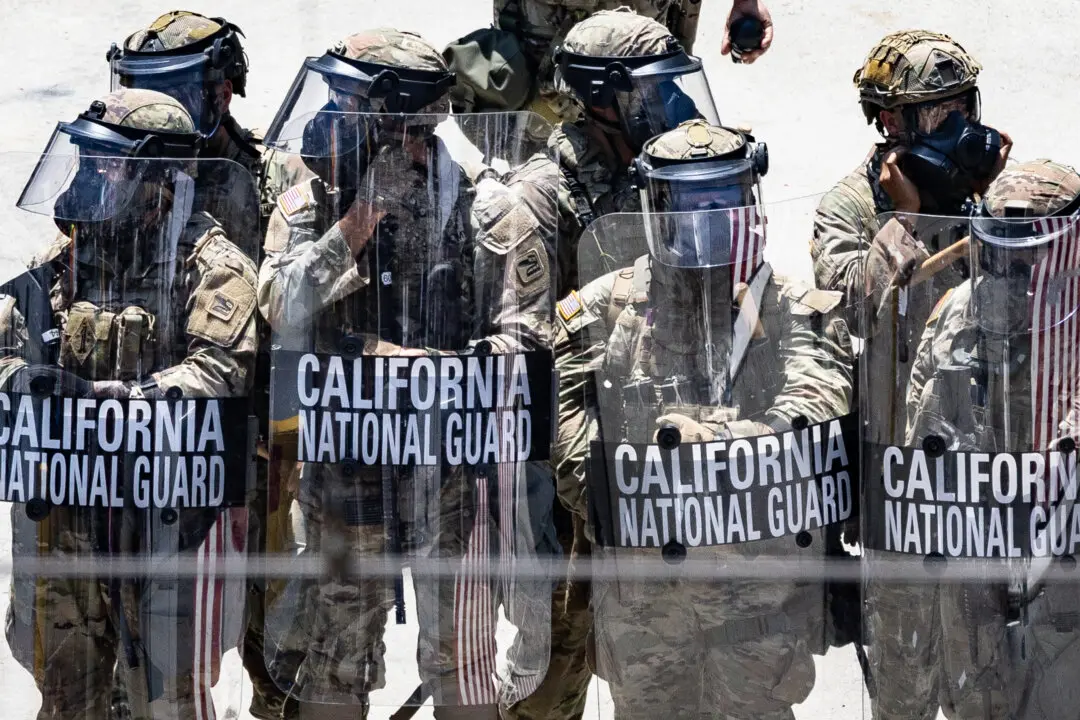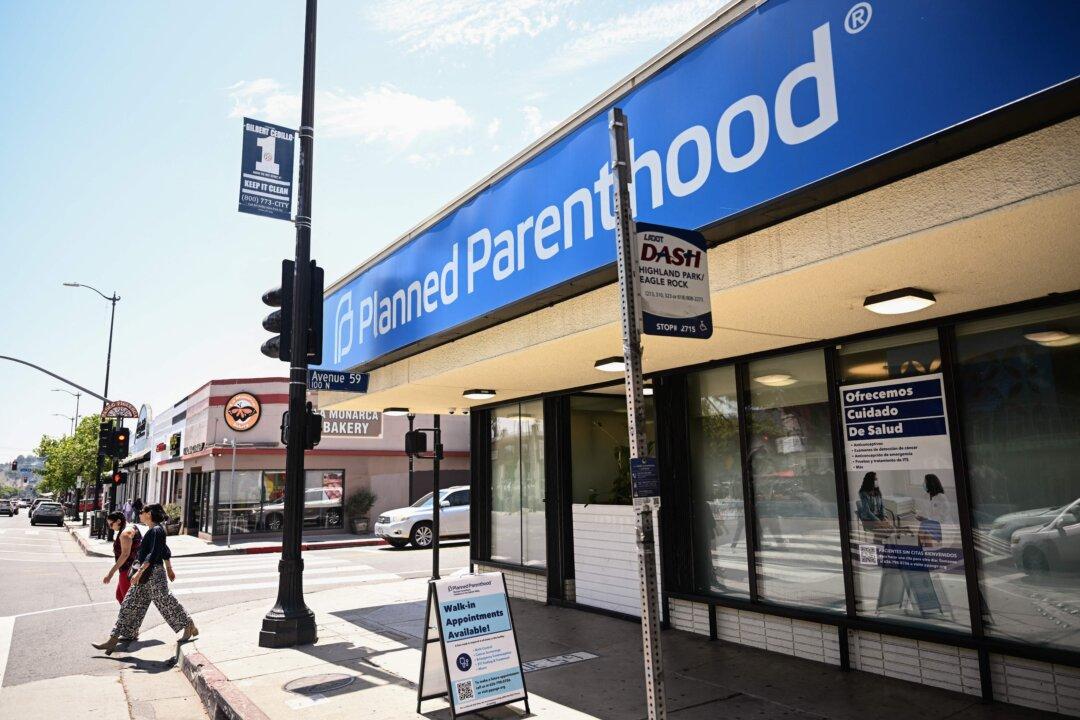Student borrowers who object to President Joe Biden’s move to forgive student loans at a cost of $1 trillion or more have asked the Supreme Court to hear their case.
Biden unveiled the plan in August in a move that critics said was a constitutionally dubious attempt to shore up Democrats’ fortunes in the Nov. 8 congressional elections. While the Congressional Budget Office said the plan could cost about $400 billion, a paper by the Wharton School at the University of Pennsylvania estimates the price tag could exceed $1 trillion.
